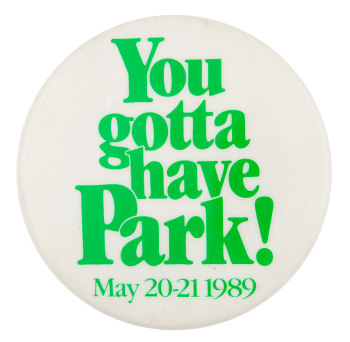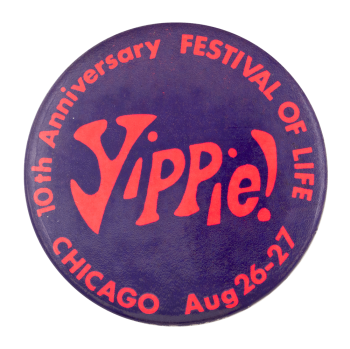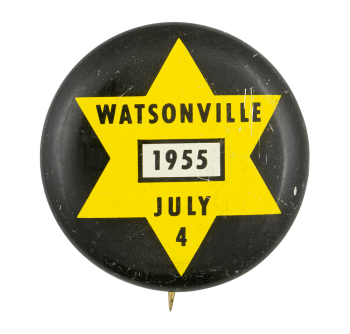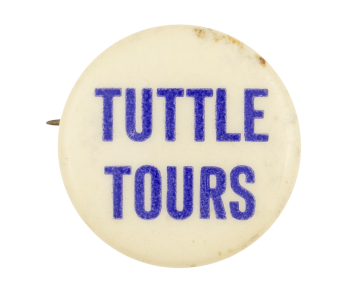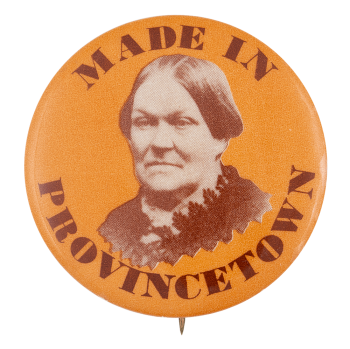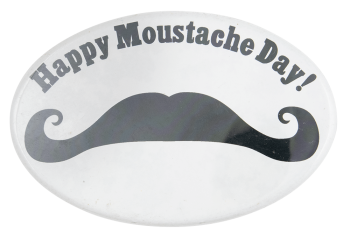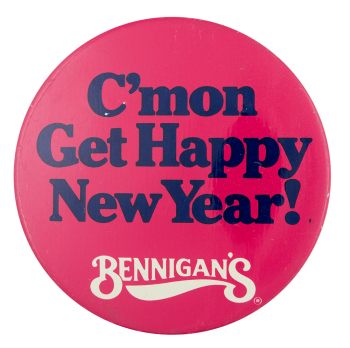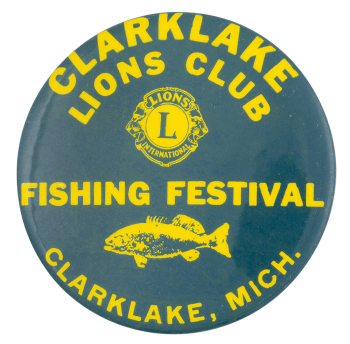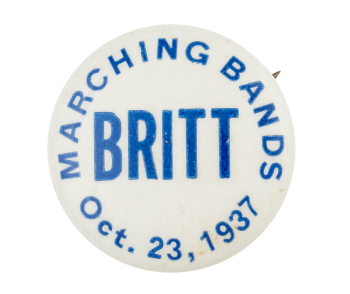You Gotta Have Park
| Category | |
|---|---|
| Additional Images | |
| Text on Button | You gotta have Park! May 20-21 1989 |
| Image Description | Green text on a white background |
| Back Style | |
| The Shape | |
| The Size | |
| Year / Decade Made | |
| Additional Information | In 1984, Central Park Conservancy started the You Gotta Have Park annual weekend to restore Central Park and others in the New York city area. 1989 was the last year this annual event was held. The fundraising weekend was filled with events during the 80s that was open for anyone to enjoy. |
| Sources |
By, P. K. (1984, May 18). 'You gotta have park,' a weekend celebration. New York Times (1923-Current File) Retrieved from http://search.proquest.com.libaccess.sjlibrary.org/docview/122504551?ac… |
| Catalog ID | EV0822 |

